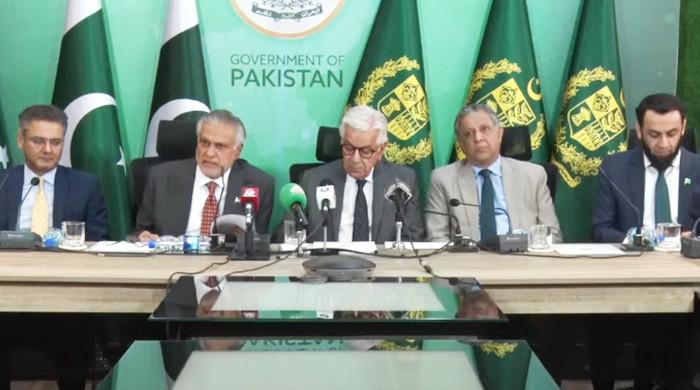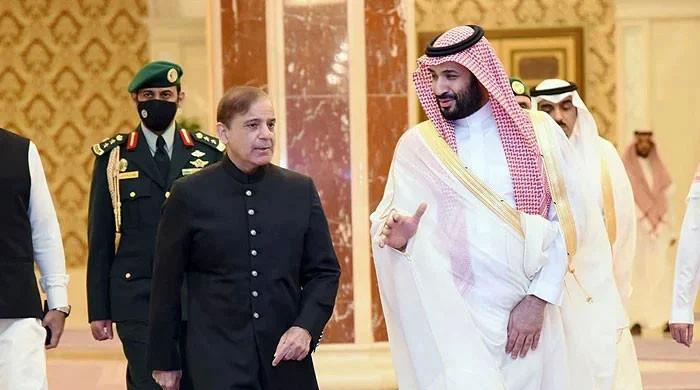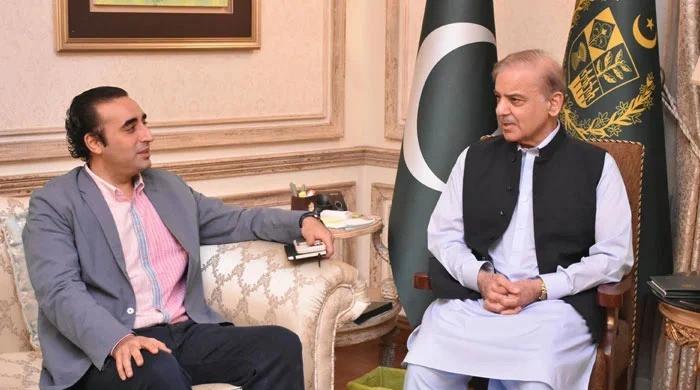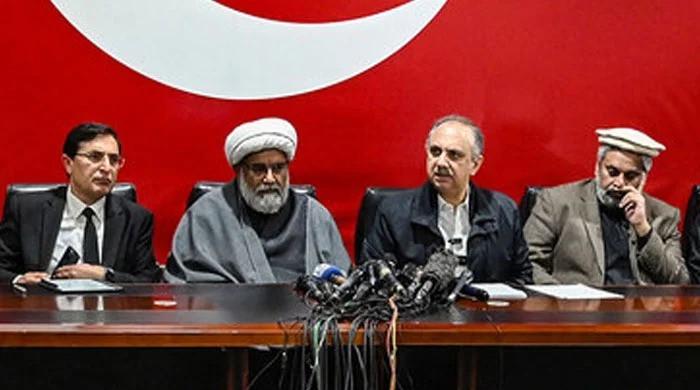Amazing: Did you know about this hidden symbolism in the Minaar-e-Pakistan?
A remarkable feature of the great national monument has been hidden in plain sight all along
January 20, 2020
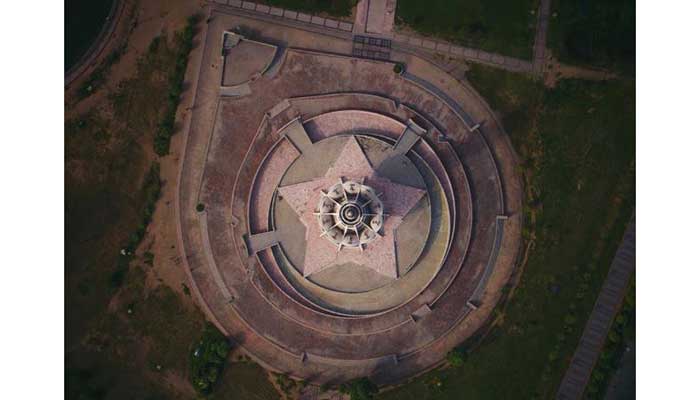
Some remarkable features and spectacular sights can at times hide in plain view, only to be discovered when the perspectives are slightly changed.
One such revelation concerns a beloved national monument and has left us in awe.
Images taken from certain angles reveal that the architect behind the Minaar-e-Pakistan used geometric patterns with great artistry to incorporate national symbols in the iconic monument.
Also read: The lesser-known heritage sites in Punjab’s Chiniot
The hidden beauty of the monument was brought to our attention after eagle-eyed Facebook user Tahir Mahmood Chaudhry shared a post in which he described how he felt when he first noticed the monument's lesser-known features.
The picture shared by Chaudhry shows how, if seen from above, the monument looks like a flower nestled on a star embraced by two crescents, one white and one green.
The monument's brilliant architect was Nasreddin Murat-Khan — a Russian migrant who had made Pakistan his home.
Khan wanted to create a “memorial that would symbolise the force which shaped Pakistan”, according to a letter written by Khan on the letterhead of his architecture firm, 'Illeri H N Murat Khan and Associates', which has been archived by Google.
The search engine giant had collaborated with The Citizens Archive Pakistan to document how the monument was constructed.
The architect had shared that he wanted to create a memorial rostrum and a high soaring tower-like structure behind it to form “one divisible whole”.
Also read: Balochistan retrieves historical artefacts after 40 years
Khan had created a crescent-shaped lawn that would encircle the structure. The two crescents represented East and West Pakistan and were embracing each other.
The Russian born architect had wanted to create two flights of stairs, one coming from each crescent, that would join in a landing. He did this to symbolise the equal spiritual contribution by both wings of the country as it was hoped by the Quaid-e-Azam.
The feature can be seen in this picture, shared by a Twitter account called “Discover Pakistan” and credited to Hanan Khaleeq.
Khan had not wanted the memorial to be shaped like a tomb or a mosque as he wanted to highlight the beauty of Mughal ornamentation. The architect also disagreed with the traditional idea, as he believed “Pakistan is a bold and new experiment in the world of Islam”.
Khan’s daughter, Meral Murat Khan, recalled in an interview that her father had created three models for the ten-year project he had taken up.
“The one that was actually built was the third model,” shared Meral.
Khan’s daughter also spoke about her father’s original idea behind the Minaar in her interview with Citizens Archive Pakistan.
“His idea of the Minaar actually was to have the end go to a point. The point was there because it was supposed to be Pakistan’s aspirations to go on endlessly … it would just disappear,” recalled Meral, who had accompanied her father multiple times while the monument was being constructed.
Also read: The 8th Wonder of the World Buried In Peshawar?
She also highlighted that a path that comes out of the minar is meant to make it look like a flower petal. Khan had not wanted to 'cap' the monument as he believed that would mean “stunting” its growth. She shared that Khan’s original idea could not be followed as the committee tasked to oversee him dismissed it.
Meral shared that her father had taken up the project "to repay the country which gave him a homeland".
Khan also did not charge the government anything for the services he gave for the project.
Minar-e-Pakistan
The monument is perhaps the most renowned site was created in memory of Pakistan Resolution, which marked the first step in the history of the creation of Pakistan.
Its construction began in 1960 and finished in 8 years in October 1968.
Considered a blend of Islamic and Mughal culture, this national monument has three steps that symbolise the three stages of the challenges and successes faced in the journey of Pakistan's independence.
Also read: A brief history of the national monuments of Pakistan
The first step is made with stone from Taxila, the second step from hammered stone, the third with chiseled stones, and the fourth and final step is made of white marble.
The floral inscriptions at the base of this Minar read with the text of the Pakistan Resolution, which had solidified Iqbal’s dreams and Jinnah’s struggle.
Excerpts of some of the historic speeches by Quaid-e-Azam and Allama Iqbal are also inscribed on the structure.
To this day, the Minar-e-Pakistan remains a coveted political ground for politicians and revolutionaries.





